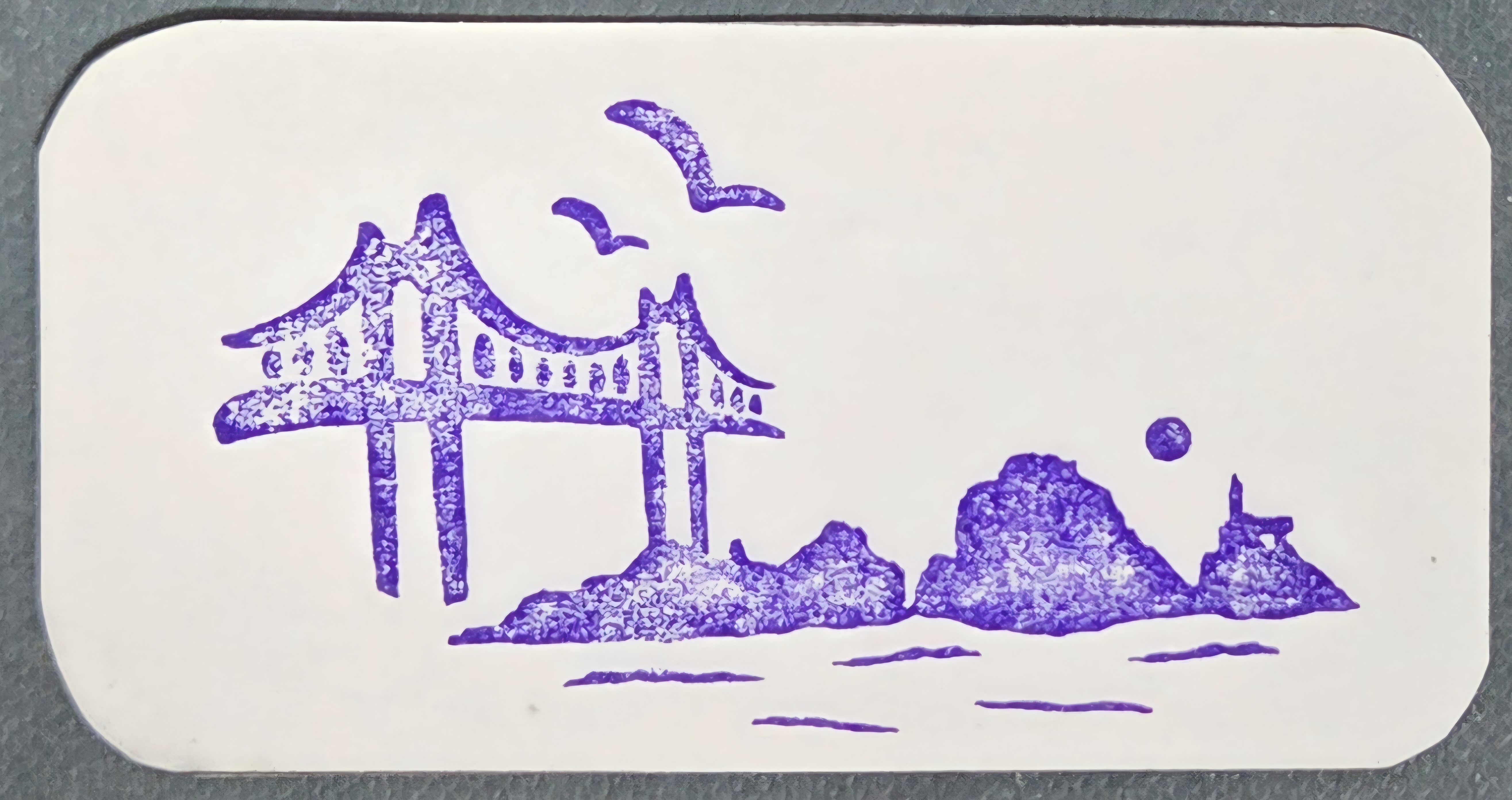Thanks to the easy to learn Korean alphabet 한글, the illiteracy rate in Korea is less than 1 percent.
Having a simple and easy language system means that people can easily acquire as much information as they need, and easily record what they think and feel.
Another notable feature of 한글 is that, unlike most other languages, it did not come into being spontaneously. Around 600 years ago, King 세종, the fourth king of the 조선 Dynasty and his scholars established an academic institute called 집현전, where they devoted themselves to studying the Korean language.
Their hard work resulted in the invention of 한글 which is believed to be more scientific than any other language.
Before the creation of 한글, Koreans used classical Chinese characters called 한자.
But only the ruling class knew how to use 한자, while most commoners were left illiterate and ignorant.
It was no wonder that 한자, being the Chinese writing system, was not suitable to express the ideas and emotions of the Koreans. Thus King 세종 recognized the need for an efficient writing system tailored to the Korean people and succeeded in creating one in 1443.
한글 is an exceptional letter system. We all know its inventors, and the theories on which it was developed. This is a very scientific set of letters that can almost completely represent and fully display the Korean 'spoken' language. Since the 7th century, Koreans had to write down their own language with borrowed Chinese characters, and 13th and 14th centuries were no exception. Then the innovation of 한글 was accomplished, by absorbing various knowledge on linguistics and phonetics from numerous other countries.
한글 is made of phonetic letters which could denote sounds of the Korean language. In the beginning there were 28 letters; but currently only 24 letters are used: among the 24 basic letters, 10 phonemes are vowels, and 14 phonemes are consonants.
One letter is not merely placed to the next.
Endlessly placing consonants and vowels to another is not possible. Instead, a consonant and a vowel is merged with each other, to form an individual syllable.
By combining all the possible letters (syllables), which consists of 19 initial sounds, 21 middle sounds and 27 ending sounds, Koreans can possibly create or denote 10,773(19×21×27)types of sounds overall.
'Inside Korea' 카테고리의 다른 글
| chopsticks and spoon (0) | 2024.03.04 |
|---|---|
| Upon Liberation , the Process for building a nation (0) | 2024.02.06 |
| Understanding of North-South Relations(3) (0) | 2023.02.24 |
| Comfort women (0) | 2023.02.20 |
| Understanding of North-South Relations.(2) (0) | 2023.02.17 |

